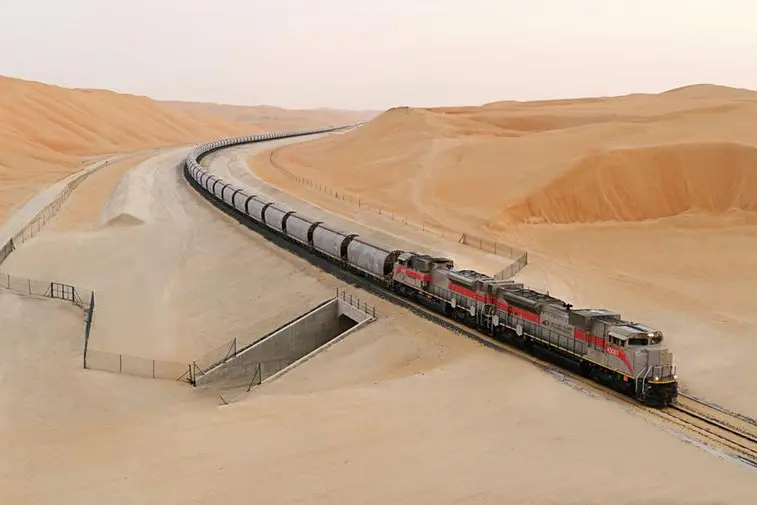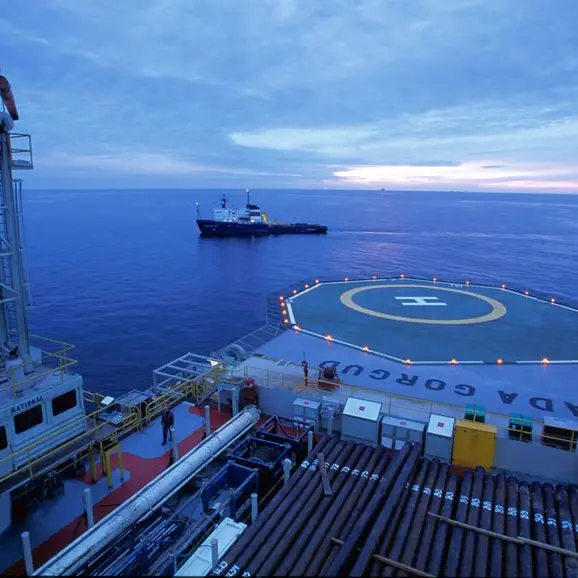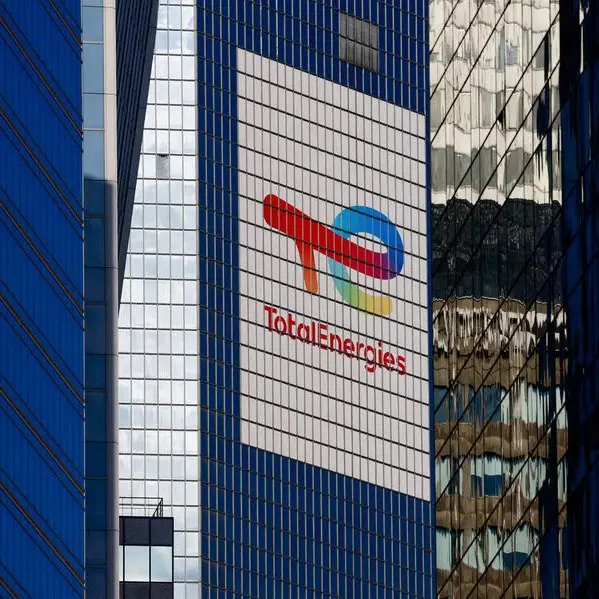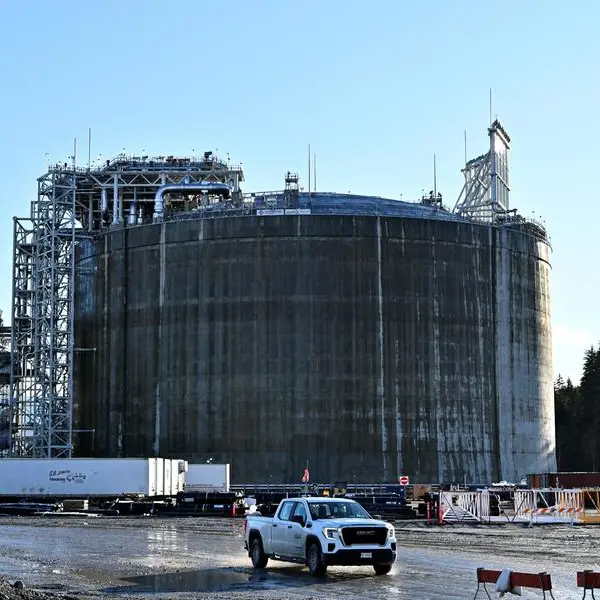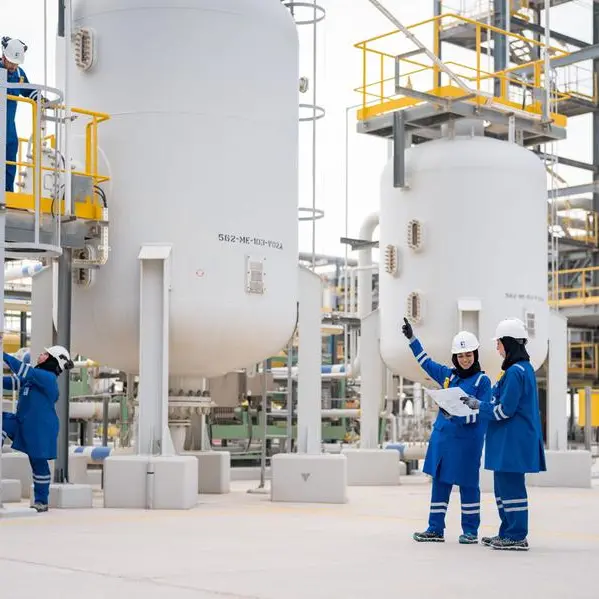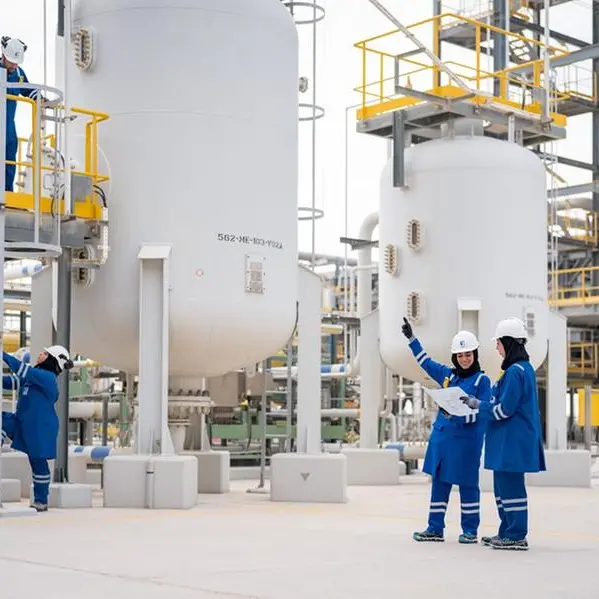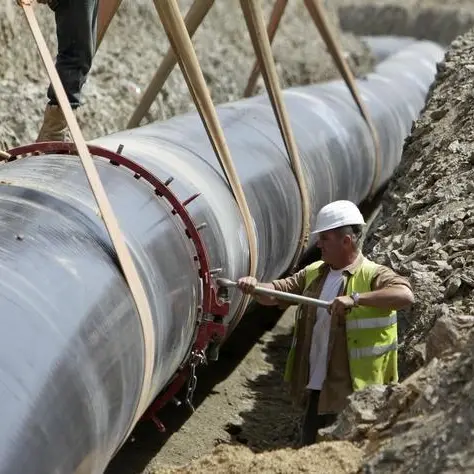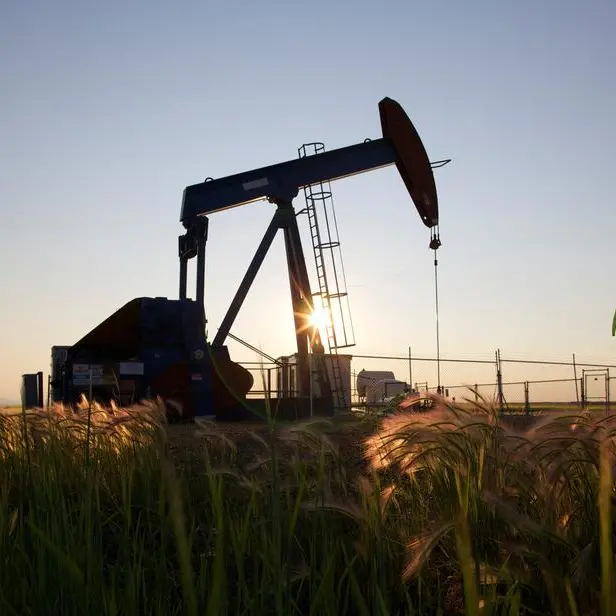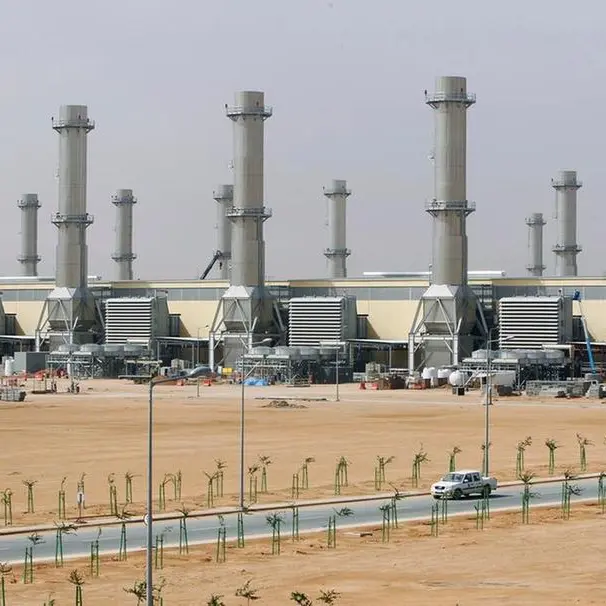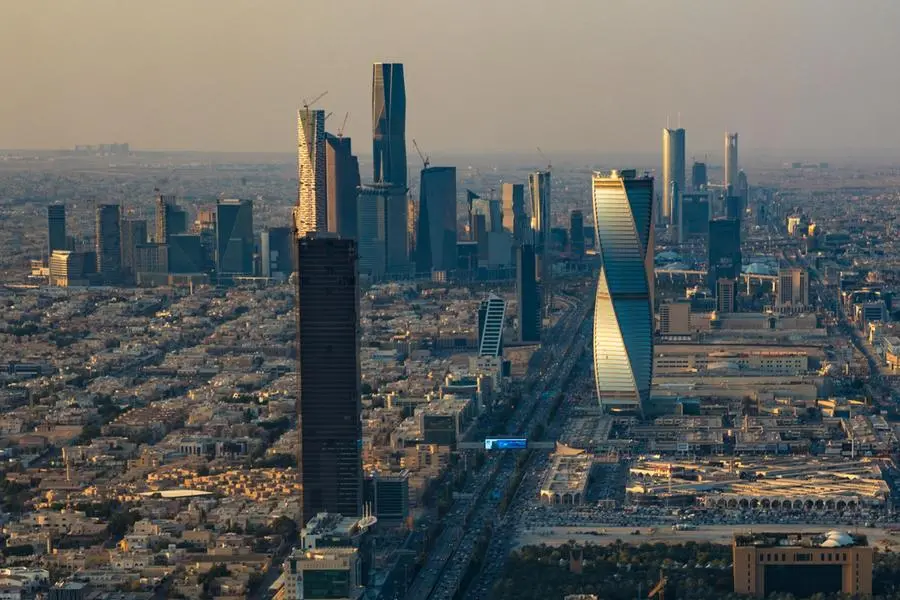PHOTO
The sour gas and sulphur industry is experiencing a growth spurt driven by rising global demand for its products. This demand extends from traditional uses in fertilisers to new applications in the energy transition sector, including solar cell manufacturing and electric vehicle batteries. However, this growth is prompting the industry to focus on decarbonisation and responsible production practices.
Business and technical leaders surveyed at the recent Middle East Sulphur Conference (MEScon) 2024 in Abu Dhabi rated carbon dioxide (CO2) capture from sour gas treating/sulphur recovery and minimising the CO2 footprint of the tail gas treating (TGT) process as the top focus areas in the innovation landscape.
While Sulphur Recovery Units (SRUs) in sour gas treating facilities or refineries contribute minimally to global emissions, capturing CO2 from these facilities offers several benefits, according to Angie Slavens, Managing Director of UniverSUL, a US-based consultancy specialising in sour hydrocarbons and sulphur.
These include reducing the industry's environmental impact, improving the quality of acid gas feeding the SRU [leading to more efficient sulphur recovery] and supplying the captured CO2 for Enhanced Oil Recovery (EOR).
UniverSUL, together with global commodities business intelligence company CRU, organised MEScon 2024.
Slavens told Zawya Projects that capturing CO2 from the Acid Gas Removal Unit (AGRU) during sour gas processing is the most efficient method due to the high operating pressure, which increases CO2 partial pressure to enhance capture efficiency.
"This type of process would typically emit less than 1 tonne of CO2 equivalent for every 10 tonnes of CO2 captured," she said.
Alternative options
Capturing CO2 from acid gas in the Acid Gas Enrichment Unit (AGEU) and downstream of the SRU/ Tail Gas Treatment Unit (TGTU) incinerator post-combustion are the next best economically viable options due to median CO2 partial pressures.
Slavens noted that capturing CO2 from SRU tail gas downstream of the low-pressure TGTU absorber, while feasible, posed greater challenges due to lower CO2 partial pressures.
"For this type of process, equivalent CO2 emission can exceed 5 tonnes of CO2 for every 10 tonnes of CO2 captured, depending on the solvent selection and process scheme employed," the UniverSUL executive said.
She highlighted that the industry is also exploring ways to minimise the CO2 footprint of TGT processes. While conventional Claus SRUs have a negative CO2 footprint due to the heat recovery from the Claus reaction, existing TGT technologies can diminish these energy benefits.
"Most Claus SRUs require tail gas treating to meet current SO2 emissions specifications associated with 99.9%+ sulphur recovery. Conversely, conventional tail gas treating technologies can significantly erode the energy benefits of the SRU," she explained.
To address this issue, new solvents and technologies are being developed with lower energy requirements and, therefore, smaller CO2 footprints.
"For example, if sulphur species in SRU tail gas are converted to sulphuric acid, the SRU/TGTU complex becomes an even larger energy exporter than the SRU alone," she said.
Measuring CO2 captured
Slavens also clarified that cost per tonne is not the sole factor when evaluating CO2 capture economics. "Capital cost and layout considerations are very important determining factors in retrofit situations, where CO2 capture equipment is to be added within an existing facility," she explained.
Slavens said a minimum CO2 recovery factor, which refers to the percentage of CO2 that can be economically and feasibly captured and separated from the feed using carbon capture technology, is typically specified to help measure the CO2 captured.
"Feed and product CO2 quantities can be measured using standard gas metering instrumentation. CO2 quality requirements are dependent on the end-use; however, maximum total sulphur and water content are typical specifications aimed at protecting compression and pipeline equipment from corrosion. These contaminants can be measured with online analysers to ensure continual compliance with specifications."
The survey respondents also identified AI and machine learning as paramount to enhancing operational efficiency and sustainability. The "Sulphur 4.0" session at MEScon 2024 showcased advancements in automation and digitalisation for sulphur recovery, with presentations from industry leaders like ADNOC, Aramco, and BR&E.
Slavens noted that these advancements included using an AI-assisted Copilot for improving control room operator performance, enhancing SRU reaction furnace temperature monitoring through machine learning, and sustainability improvements via automated start-up of SRU-fired equipment.
As the sour gas and sulphur industry experiences a growth surge, its commitment to energy transition through decarbonisation and responsible production practices will be critical for ensuring a sustainable future.
Read more:ADNOC signs first Hail, Ghasha and Dalma ultra-sour gas concession
(Writing by Anoop Menon; Editing by SA Kader)
Subscribe to our Projects' PULSE newsletter that brings you trustworthy news, updates and insights on project activities, developments, and partnerships across sectors in the Middle East and Africa.
